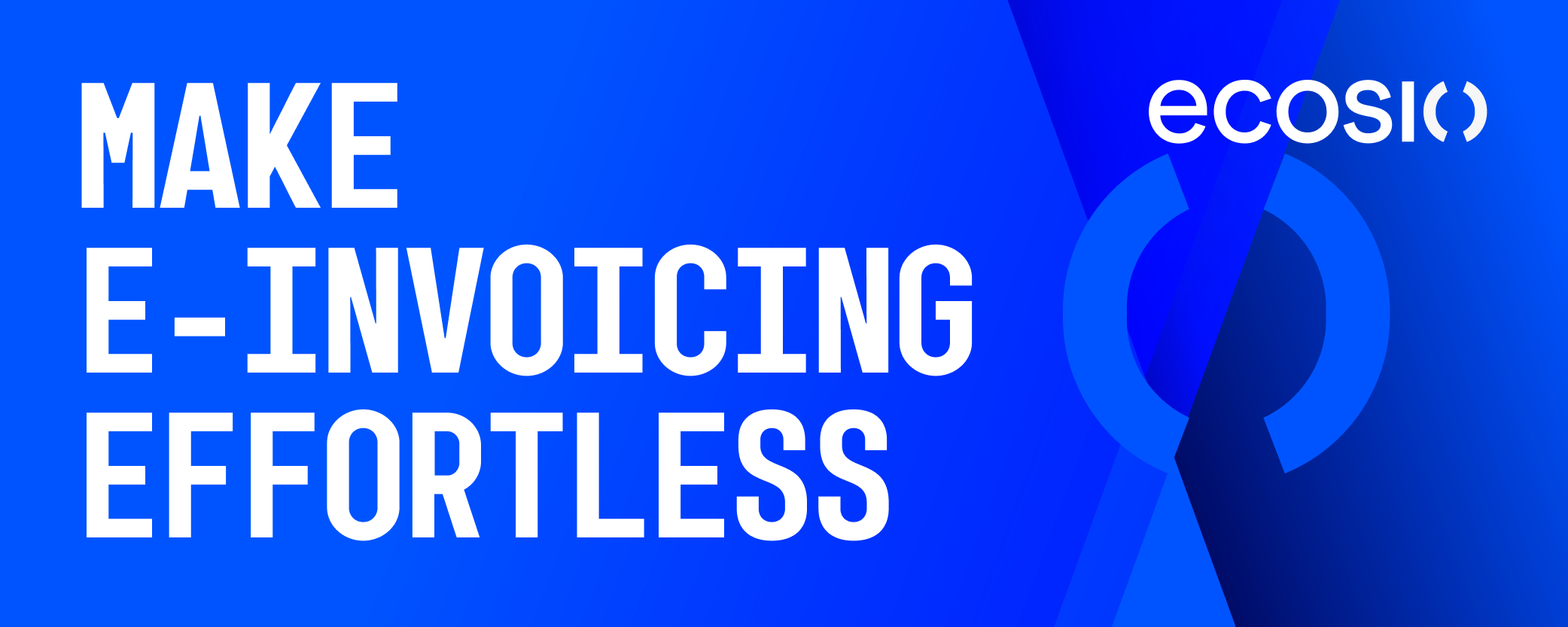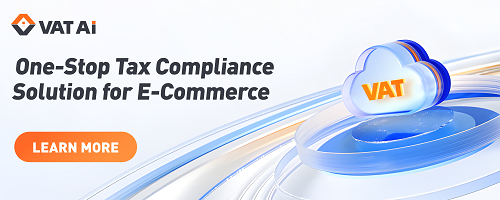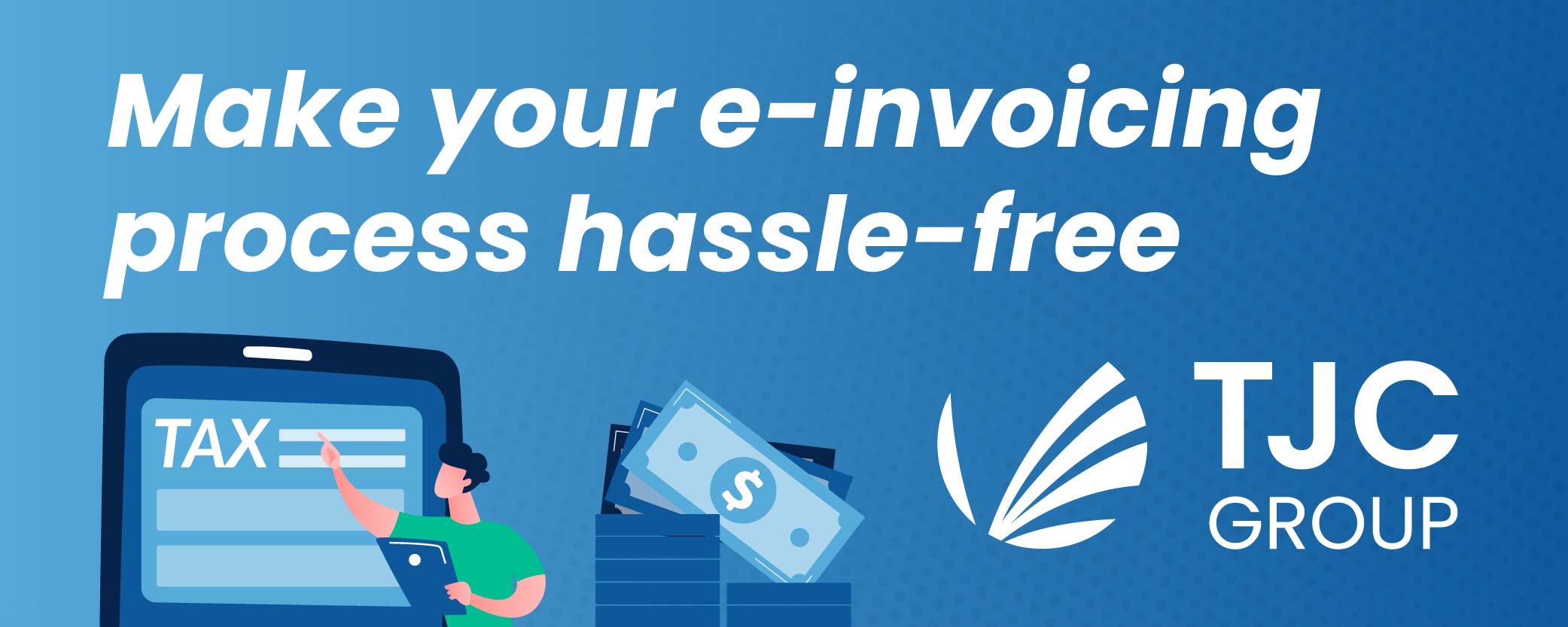- Businesses must adhere to e-reporting rules and regulations when creating and distributing invoices. Invoice formats are crucial for compliance and efficient operations, but the proliferation of competing e-invoicing formats can pose challenges in managing and exchanging invoices.
- There are various invoicing formats available, each with its own benefits and drawbacks. The type of format an organization should use depends on their specific needs and regulatory requirements.
- Electronic invoices (e-invoices) are machine-readable and can be automated, unlike digital invoices that feature unstructured and untrackable data.
- PDF and scanned paper invoices are not machine-readable, cannot be automated, and do not comply with new e-invoicing regulations.
- EDI and XML are popular e-invoicing formats, with XML becoming the preferred option due to its affordability, ease of access, and customizability.
- However, XML invoices can be complex to set up and require technical expertise.
- Other e-invoicing formats include Peppol and CSV.
Source: tungsten-network.com















